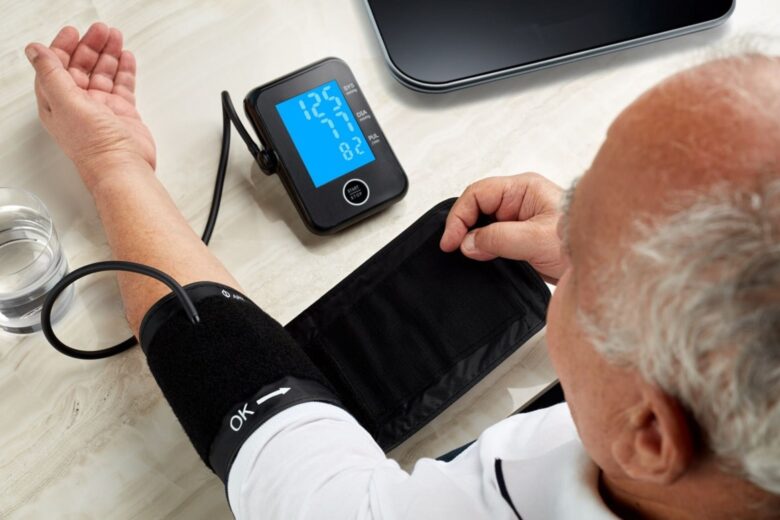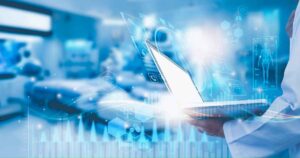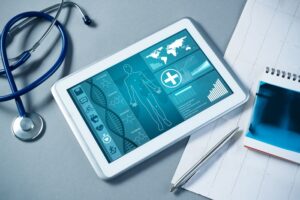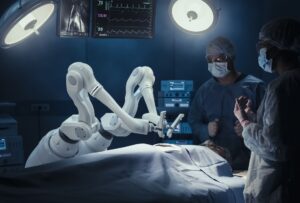Healthcare is undergoing a dramatic transformation as new technologies make care easier and more personalized. Remote health monitoring devices are among the most important of these new technologies. These devices allow healthcare providers to remotely monitor patients’ vital signs and health data, making care easier and more proactive. This article discusses the many benefits of these devices, such as making care more accessible, helping to identify health problems earlier, increasing patient engagement, and reducing healthcare costs. By understanding these benefits, we can predict how remote monitoring will make healthcare more patient-centered and efficient in the future.
Ease of Use and Access
A major advantage of remote health monitoring devices is their ease of use. For many people, especially the elderly, those living in rural areas, or those with limited mobility, regular visits to a clinic or hospital can be a significant challenge. Remote monitoring can eliminate many of these visits. Blood pressure monitors, blood glucose monitors, and smartwatches are just a few examples of devices that can collect essential health information from the comfort of a patient’s home. This information is then securely sent to healthcare providers for immediate review. This constant connection allows patients to receive regular care without having to travel, making high-quality care more accessible to a wider audience.
Detecting and Preventing Problems Early
Remote health monitoring is crucial for the early detection and prevention of serious health problems. In traditional medicine, patients typically require periodic checkups, which may only provide doctors with insight into their health at a specific point. However, remote monitoring devices can collect data continuously, even over days, weeks, or even months. This long-term data can provide doctors a better understanding of a patient’s overall health, allowing them to detect subtle changes or patterns that may not be apparent at first. For example, doctors can detect persistently elevated blood pressure or fluctuating blood sugar levels early and take action to prevent more dangerous events, such as a heart attack or diabetic complications. This proactive approach shifts the focus from post-treatment to prevention, leading to better health outcomes.
Cost-Effectiveness
Another advantage of remote health monitoring is the potential for significant savings for healthcare providers. These technologies help minimize direct and indirect healthcare costs by reducing in-person doctor and hospital visits. Early detection and treatment of chronic conditions can prevent emergency room visits and hospitalizations. The result means patients pay lower co-payments, have less time off work, and travel less. For healthcare providers and healthcare institutions, this means more efficient use of resources, allowing them to better care for more patients. Investing in remote monitoring technology often pays off by reducing long-term healthcare costs. This makes it a smart financial move for long-term care models.
Increased Patient Engagement
Remote health monitoring devices can help patients be more proactive about their health. When people can view their health data in real time, they pay more attention to the impact of their lifestyle choices (such as diet, exercise frequency, and medication use) on their health. This direct feedback loop can be a powerful motivator for improved behavior. Many remote monitoring solutions also offer the ability to set health goals and provide personalized recommendations and guidance. This improves the bond between patients and healthcare workers, as they share the same data and goals. Engaged patients are more likely to adhere to their treatment plans and make informed choices. The result leads to better outcomes and a greater sense of control.
Embracing the Future of Healthcare
Remote health monitoring devices undeniably offer numerous benefits. This technology is transforming healthcare, making care more accessible, facilitating early detection of health problems, reducing costs, and increasing patient engagement. As these technologies continue to improve and become standard practice, they will continue to streamline healthcare and empower both patients and physicians. Remote health monitoring isn’t just about leveraging new technology; it can also make care more proactive, personalized, and efficient, improving the quality of care for everyone.
FAQs
1. Which technologies allow you to monitor your health remotely?
A remote health monitoring device collects patient health data (such as heart rate, blood pressure, blood sugar, and oxygen saturation) outside the doctor’s office. This data is then accessible to healthcare providers for review and analysis.
2. Are these technologies that allow you to monitor your health remotely secure?
To protect patient data and comply with privacy regulations like HIPAA, reliable remote health monitoring systems utilize strong encryption and security procedures. Patients should only use devices and platforms provided or recommended by their healthcare providers to ensure the security of their data.
3. Who benefits from remote health monitoring?
Many people benefit, but those with chronic conditions like diabetes, hypertension, and heart disease benefit most. Remote health monitoring can also be useful for the elderly, people recovering from surgery, and people living in remote areas with limited access to medical care.
4. What types of data can be monitored remotely?
Vital indicators such as blood pressure, heart rate, respiratory rate, and body temperature are the most commonly monitored. Other measurements include blood sugar, weight, blood oxygen saturation (SpO2), and activity level. Some more advanced devices can even perform electrocardiograms (ECGs).
5. What do I need to do to get started with remote health monitoring?
Consult your doctor first. They can tell you if remote health monitoring is suitable for your condition and recommend specific equipment and procedures. They can also show you how to use the equipment and monitor your data.




